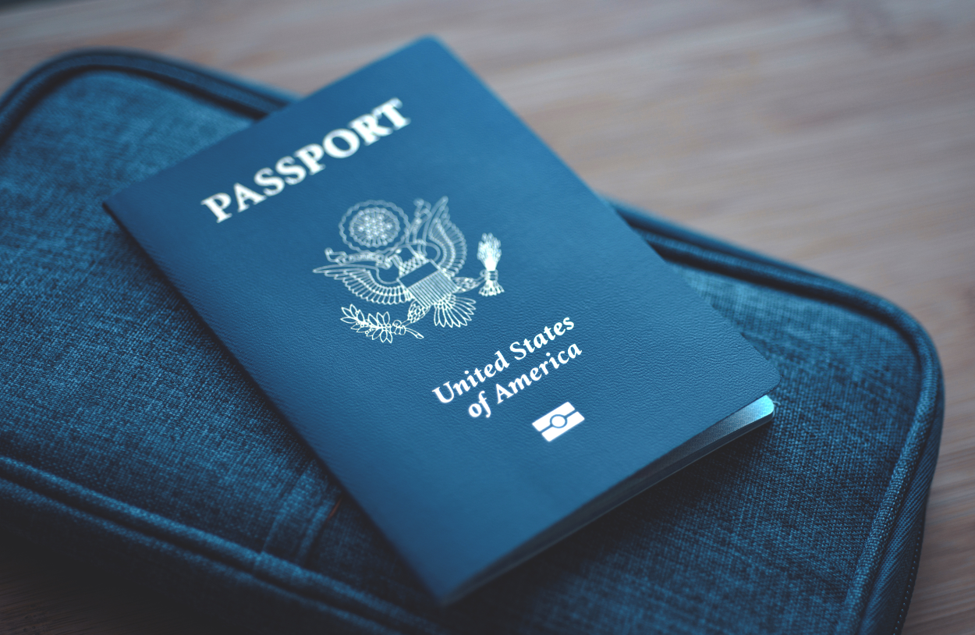
Planning to explore the vibrant streets of Hanoi, cruise the emerald waters of Ha Long Bay, or indulge in Saigon’s endless energy? Before booking your flight, there’s one essential detail you can’t overlook — your Vietnam electronic visa validity. Many American travelers assume their visa starts when they arrive or lasts for 90 days automatically, but that’s not quite true. Misunderstanding your visa’s validity period could result in fines, denied entry, or even a ban from reentering Vietnam. This comprehensive guide explains exactly how Vietnam’s electronic visa validity works for Americans — so you can plan your trip with confidence and avoid costly mistakes.
For Americans visiting Vietnam, understanding visa validity is more than just a technicality — it’s the difference between a smooth trip and a potential travel nightmare. Every year, hundreds of travelers face unexpected penalties because they misunderstand when their visa begins and ends.
Unlike traditional stamped visas, Vietnam’s electronic visa system (known as eVisa) operates on fixed validity dates. These dates are based on what you enter in your application — not when you physically arrive in the country. Even if your flight gets delayed or you arrive later than expected, your visa will still expire on the “valid until” date printed on it.
This detail is critical for Americans who love flexible travel schedules. Once your eVisa is approved, the validity period cannot be changed or extended online. By double-checking your chosen travel dates before applying, you can make sure your entire stay is legally covered and stress-free.
Vietnam’s electronic visa allows American citizens to stay in the country for up to 90 days (three months). During the online application, travelers can choose between a single-entry or multiple-entry eVisa depending on their travel plans.
When applying, you must specify both your entry and exit dates. The visa is valid only between those two points — no more, no less. For instance, if you select April 1st as your entry date and April 30th as your exit date, your visa is valid exactly for that period. Even if you arrive on April 10th, it will still expire on April 30th.
Many Americans get caught off guard by this rule, assuming the visa counts 90 days from arrival. But in Vietnam, the eVisa’s duration is tied strictly to the dates on your application. Understanding this before traveling can save you a great deal of trouble at immigration checkpoints.

When applying for a Vietnam electronic visa, Americans have two main options: single-entry and multiple-entry visas. Both are valid for up to 90 days but differ in how they can be used.
A single-entry visa allows Americans to enter Vietnam once and stay until the visa expires. If you leave Vietnam — even just for a side trip to another country — your visa becomes invalid immediately. This option works best for those who plan to stay within Vietnam for the entire duration of their visit.
On the other hand, a multiple-entry visa allows travelers to enter and exit Vietnam multiple times within the validity period. This is perfect for Americans exploring multiple destinations in Southeast Asia, such as Thailand, Cambodia, or Singapore, while keeping Vietnam as a central hub. However, it’s important to remember that the overall expiration date still applies — multiple entries don’t extend the visa’s validity.
Choosing the right visa type based on your itinerary ensures you won’t face issues with re-entry or unexpected travel restrictions.
Under current immigration policies, Vietnam does not allow in-country extensions for electronic visas. Once your visa expires, you are required to leave the country and apply for a new one if you wish to return.
In rare cases, such as medical emergencies or unexpected travel disruptions, it may be possible to request an extension through the Vietnam Immigration Department. However, such approvals are uncommon and are only granted under special circumstances.
For most Americans, the simplest solution is to plan a short trip to a nearby country — for example, fly to Bangkok, Kuala Lumpur, or Phnom Penh — and then reapply for a new eVisa before coming back to Vietnam. If you prefer a seamless process, https://www.vietnamimmigration.com/apply-vietnam-visa/ offers fast, verified visa services for U.S. travelers, with guaranteed approvals, 24/7 support, and processing times as quick as 2–8 hours.

Overstaying your eVisa — even by one day — is a violation of Vietnamese immigration law. The fine for overstaying can range from 500,000 Vietnamese dong (about $20 USD) for a short overstay to several million dong for longer violations.
If you overstay for an extended period, you may be added to an immigration blacklist or temporarily banned from re-entering Vietnam. This can cause serious travel disruptions and even affect your future visa applications.
To avoid such situations, it’s best to leave Vietnam a few days before your visa’s expiration date. Always check the “valid until” date printed on your visa and set reminders if necessary. If your eVisa is about to expire and you cannot leave immediately, contact the nearest Vietnam Immigration Office for assistance before your visa runs out.
By following these steps, American travelers can enjoy a stress-free and fully compliant stay in Vietnam, focusing on the adventure rather than paperwork.
For Americans visiting Vietnam, understanding your electronic visa validity is essential to a smooth journey. Knowing how long your visa lasts, when it starts and ends, and what to do if your plans change will help you avoid unnecessary problems at immigration.
If you’re ready to apply, consider using VietnamImmigration.com, where professional teams handle every detail of your application with speed, accuracy, and guaranteed results — so you can spend your time exploring Vietnam, not worrying about visa logistics.

